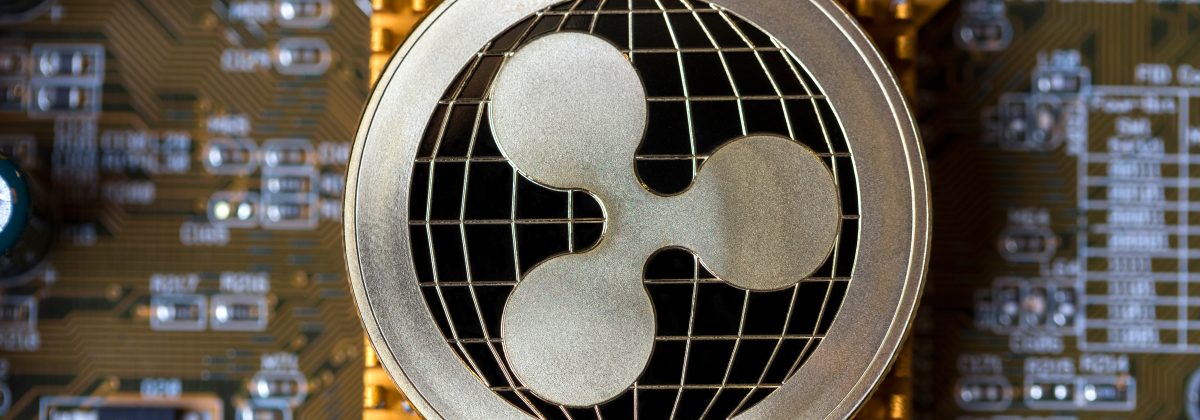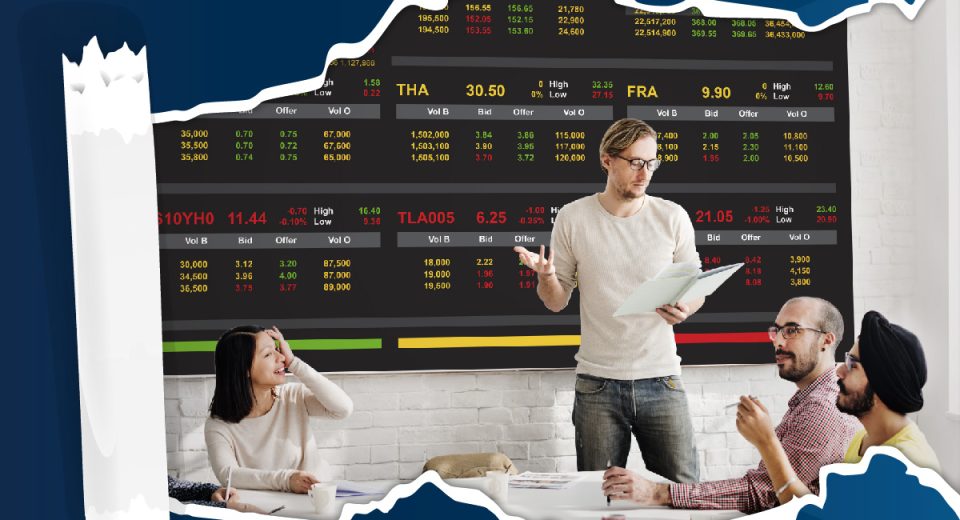Which cryptocurrency recorded the maximum gains in 2017? Most of us would be tempted to say bitcoin, with its price surging from $1,000 to $18,000 during the year. Some may even say ether, after all it is backed by the Ethereum platform on which many projects and coins are launched. But, both answers are incorrect.
Ripple of Excitement
Ripple (XRP) was by far the star performer of 2017, with its price skyrocketing more than 36,000%. This compares with bitcoin’s ~1,000% growth and ether’s ~9,000%. The massive rally made Ripple co-founder Chris Larsen one of the richest people on Earth and this cryptocurrency replaced Ethereum to take the second spot in terms of market capitalisation.
Starting the Wave
Ripple is a San Francisco-based company that offers blockchain-based software solutions to banks. They have a decentralised network known as RTXP (Ripple Transaction Protocol) which can be used for cross-border currency transfers.
Ripple is also the name of the currency of this network; and the cryptocurrency that is traded in the market under the ticker XRP.
While bitcoin, ether and hundreds of other cryptocurrencies are trying to disrupt traditional financial institutions, with the help of blockchain technology, ripple offers a solution that could revolutionise the existing services.
More than a Ripple in the Water
One of the main reasons for XRP’s astounding performance in 2017 was that an impressive list of more than 100 financial institutions partnered with Ripple to use their technology.
Here’s why banks love Ripple:
- Cost of Payment: The distributed approach adopted by Ripple, along with its global network can enable faster and simpler cross-border payments offering real-time certainty for every settlement. Apart from this, banks can also benefit from the liquidity management and efficient processing capabilities with the help of the products offered by Ripple.The most important benefit of ripple as a currency is the elimination of middlemen for cross-border transactions. This helps cut out all the costs related to sending money electronically. For example, if you wish to send money to someone through PayPal, the recipient would be charged 3% of the amount as processing fee. But with ripple, the recipient pays only 0.00001 XRP as security for the transaction.
- Speed of Payment: As well as eliminating high fees for cross-border currency transfers, ripple performs amazingly in terms of transaction speeds. It can settle payments in just 4 seconds. Banks currently take around 3-5 days for the same. Ethereum processes transactions in a little over 2 minutes and bitcoin takes more than one hour to process a single transaction. Compare this to the supersonic speed of 4 seconds and it’s not difficult to imagine why banks love ripple.
- Scalability: Ripple can handle 1,500 transactions per second. This can be done 24 hours a day, 7 days a week. In fact, this is only a fraction of its actual potential. The network can be scaled to handle 50,000 transactions every second. This again is a major leap when compared to ethereum, which can execute 15 transactions in a second, and bitcoin, which can perform only up to 6 in a second.
- Stability: Another big advantage of ripple is its stability. Unlike most other digital currencies, ripple has a successful track record of more than five years. Over the years, the technology has worked efficiently. Since its introduction, all ripple ledgers have closed without any problem.
The Ripple Effect
Here are some products offered by the Ripple brand. Banks love these too!
- xCurrent: This is Ripple’s flagship product which enables efficient cross-border payments. While the product uses RTXP, it doesn’t use XRP.
- xRapid: This can be used by banks to improve liquidity when they trade in emerging markets. This product uses XRP and some banks avoid this as it introduces a certain degree of XRP volatility.
- xVia: This is the newest offering from Ripple. xVia is similar to xCurrent, the difference being that it can be used by payment providers as well as corporations to transfer money. This too does not use XRP.
Expensive cross-border payments have come into the limelight after the threat of blockchain disrupting legacy banks. Ripple can lower this cost, while also offering faster and more reliable transactions. What’s to be seen is whether Ripple can deliver on its promises and continue its winning streak in 2018.
Disclaimer
If you liked this educational article, please consult our Risk Disclosure Notice before starting to trade. Trading leveraged products involves a high level of risk. You may lose more than your invested capital.





